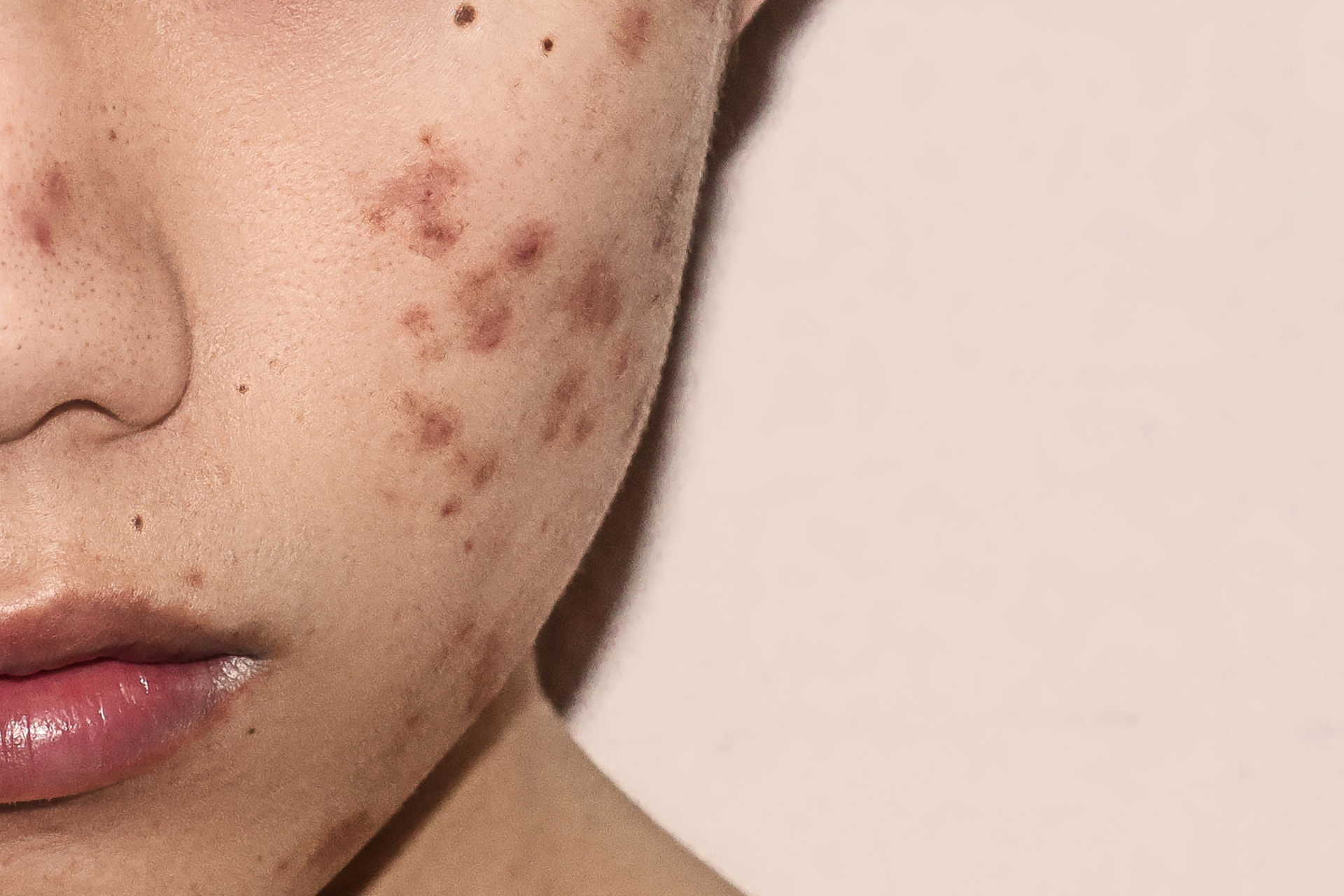Understanding the Different Types of Acne Scars

Acne is a common skin condition that affects millions of people worldwide. While breakouts can be frustrating on their own, what's worse is the aftermath they leave behind: acne scars. These scars can linger long after the pimples have cleared up, affecting one's self-esteem and confidence. Understanding the different types of acne scars can help in finding the right treatment approach for smoother, clearer skin.
At Fall Creek Skin and Health Clinic, we recognize the impact that acne scars can have on an individual's quality of life. That's why we offer a range of treatments to address various types of acne scarring. Before exploring the treatment options, let's delve into the different types of acne scars:
1. Atrophic or Depressed Scars:
These scars are the most common type and are characterized by a loss of tissue. Atrophic scars can appear as shallow depressions or deep pits on the skin. There are three subtypes of atrophic scars:
- Icepick Scars
Narrow, deep, and sharply defined pits on the skin.
- Boxcar Scars
Wide, U-shaped depressions with defined edges.
- Rolling Scars
Broad depressions with a rolling or wave-like appearance.
2. Hypertrophic or Raised Scars:
Unlike atrophic scars, hypertrophic scars result from an overproduction of collagen during the healing process. These scars appear as raised, firm bumps on the skin and may be itchy or tender to the touch. Hypertrophic scars are more common on the back and chest.
3. Post-Inflammatory Hyperpigmentation (PIH):
While not technically scars, PIH are dark spots that remain after an acne breakout has healed. These spots result from the skin's natural response to inflammation and can vary in color from pink to red or brown. PIH tends to fade over time but may persist for months or even years.
4. Keloid Scars:
Keloids are a type of raised scar that extends beyond the original acne lesion. These scars result from an overgrowth of scar tissue and can be itchy, painful, and cosmetically bothersome. Keloids are more common in individuals with a genetic predisposition to scar formation.
Treatment Options for Acne Scars at Fall Creek Skin and Health Clinic:
1. Laser Therapy:
Laser treatments target specific areas of the skin to stimulate collagen production and improve overall skin texture. Depending on the type of acne scar, different types of lasers, such as fractional lasers or ablative lasers, may be utilized.
2. Chemical Peels:
Chemical peels use a solution to remove the outer layer of the skin, revealing smoother, more even-toned skin underneath. Peels can be customized based on the intensity needed to address acne scars effectively.
3. Microneedling:
Microneedling involves creating tiny micro-injuries in the skin to trigger the body's natural healing response. This process stimulates collagen production and helps improve the appearance of acne scars over time.
4. Dermal Fillers:
For atrophic scars, dermal fillers can be injected to fill in the depressions and create a smoother skin surface. Fillers provide immediate results and can last for several months to a year, depending on the type used.
5. Topical Treatments:
Topical treatments containing ingredients like retinoids, vitamin C, or hydroquinone can help improve the appearance of PIH and overall skin tone. These products can be used in conjunction with other treatments for enhanced results.
At Fall Creek Skin and Health Clinic, we understand that each individual's skin is unique, and a personalized approach is key to achieving optimal results. Our team of experienced professionals is dedicated to helping patients address their acne scars and regain confidence in their skin. If you're struggling with acne scars, contact us today to schedule a consultation and learn more about our tailored treatment options.
Remember, you're not alone in your journey to clearer, smoother skin. With the right knowledge and treatment plan, you can effectively reduce the appearance of acne scars and embrace your natural beauty. Let Fall Creek Skin and Health Clinic guide you towards a brighter, scar-free future.




